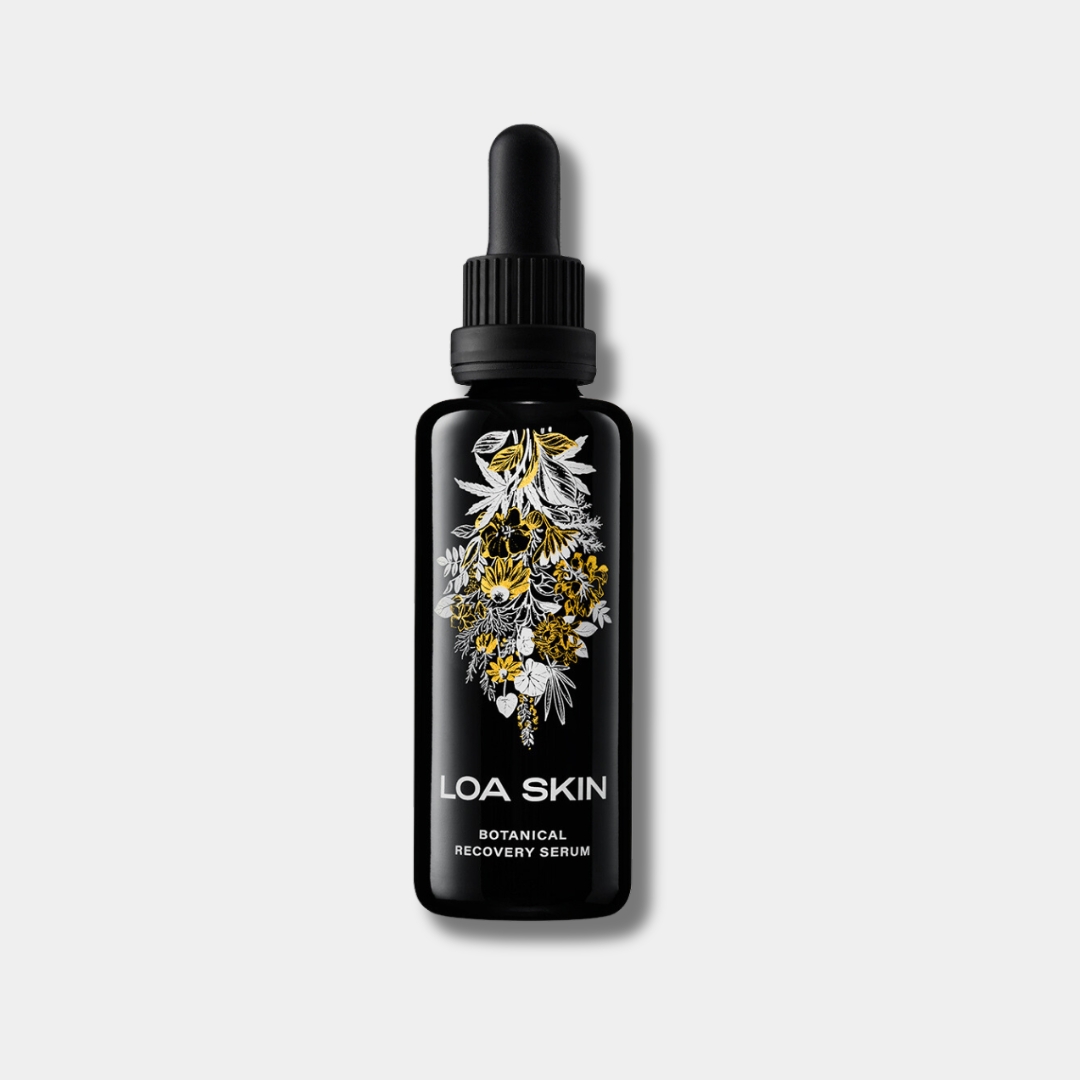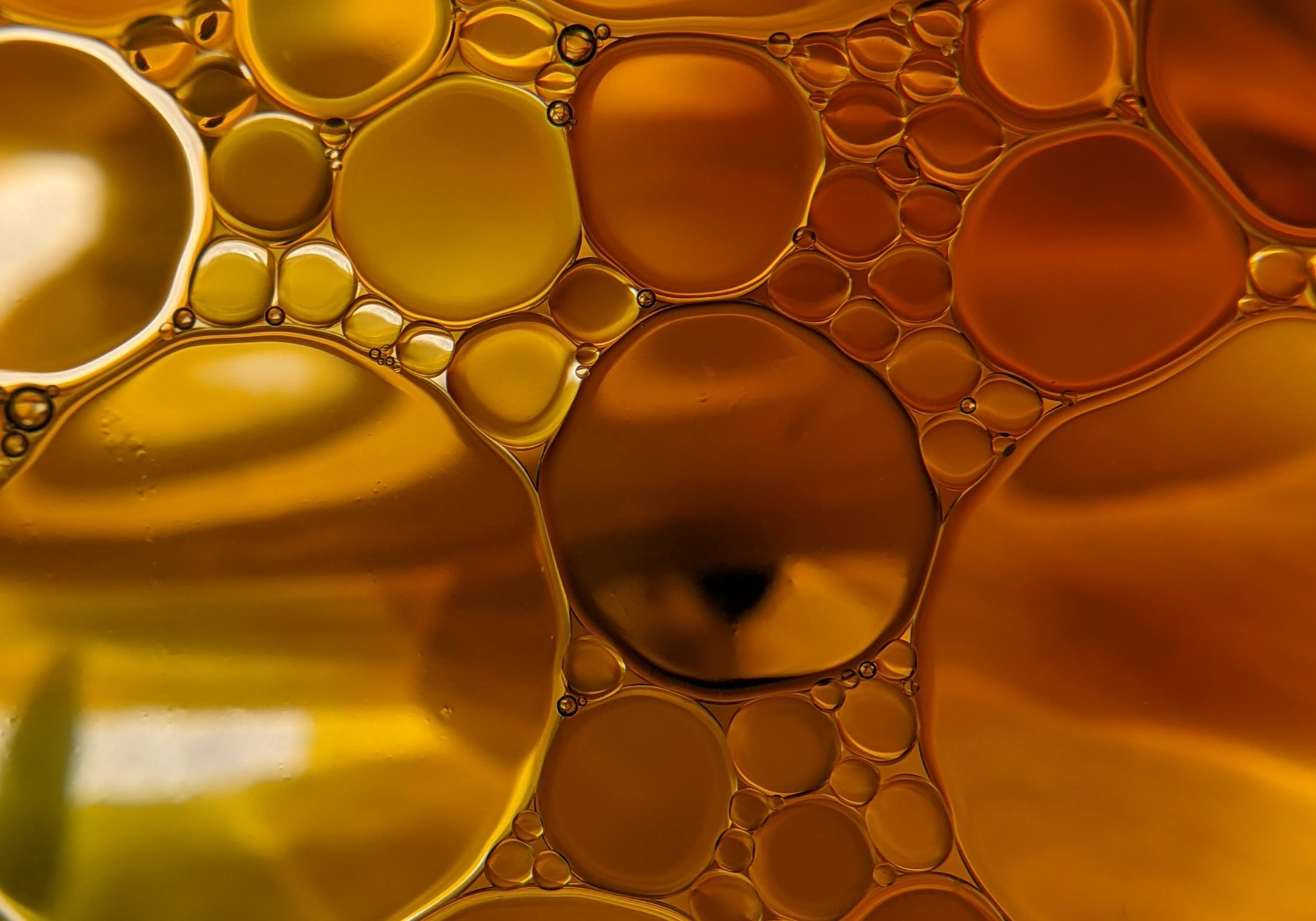
Gender-Specific Skin Care: Is It Necessary?
We always see the classic ‘Men 3 in 1’ products for the face, body, and hair at the drugstore, with the grey packaging (side note: why is it always grey?) that are marketed specifically for men.
Most skincare brands often market their products towards different skin types: dry, oily, mature, or sensitive, but for many products specifically marketed towards men, they often appear as an all-in-one. A one-size fits all approach, seemingly.
Is gender-specific skincare necessary?

Do men and women really need different skincare products? Are there actual compositional differences between female and male skin types, or is it all a marketing gimmick? There have been multiple studies over the past decades covering this topic, often with many conflicting results. This is mainly due to differences in study design, measurement devices, sample size, measuring site, environmental conditions, and the genetic backgrounds of the subjects.
In this blog post, we dig deeper on the compositional differences in skin between men and women, and see if we really need skincare based on gender alone.
Fact vs myth: the differences between men and women's skin
1. Fact: Men have less TEWL
Transepidermal water loss (TEWL) refers to the evaporation of water through the epidermis (the outer layer of the skin). TEWL occurs when the skin barrier lacks the adequate lipids to keep it protective. This can result in the skin becoming dry, itchy, and often irritated. People with atopic dermatitis (eczema), contact dermatitis, psoriasis, and other similar conditions often have weakened skin barriers, which can result in greater TEWL than normal. (Baumann, 2021).
As a result, TEWL is often used to assess skin barrier function: individuals with better skin barrier function exhibit less trans epidermal water loss. In general and regardless of age and location, a 2013 study consisting of 300 Caucasian men and women in Hamburg showed that men showed significantly lower TEWL than women (Luebberding et al., 2013). Further studies are needed to determine why this gender-related issue occurs.
2. Fact: Men have higher sebum production
Sebum is an oily, waxy substance produced by the body’s sebaceous glands. The oils present on the skin consist of a combination of sebum, dead skin cells, dust particles, and sweat. The role of sebum is to coat, moisturize, and protect the skin from external pathogens and prevent water loss.
Studies have consistently found that sebum production in male skin is always higher and stays stable with increasing age. In women, sebum production levels were lower and found to progressively decrease over their lifetime. (Luebberding et al., 2013). This is often due to sebum production being highly influenced by steroid hormones such as oestrogen and testosterone.
3. Myth: Men have thicker skin
Men are often thought to have thicker skin and higher collagen density than women due to their higher testosterone levels. While earlier studies from 1975 and 1978 found that men have thicker skin, recent studies conducted in 2006 and 2008 have contradicted this information.
The 2006 study found that epidermal thickness did not significantly differ between men and women except for the forehead skin, which was significantly thinner in older women than in men. Gambichler et al. (2006) A later study conducted in 2008 found no sex or skin type-related differences in epidermal thickness using optical coherence tomography imaging, which is based on infrared light reflection/backscatter from tissue (Mogensen et al. (2008). Furthermore, a 2017 study found that the thickness of dermis in males was higher than females, but it was only statistically significant on the neck and dorsal of the foot. (Firooz et al., 2017)
A general trend is that as we age, our skin gets thinner due to collagen loss and degradation. A study shows that there is a positive correlation between levels of hydroxyl-proline (a major component of the protein collagen) and caliper-measured dermal thickness (Shuster et al., 1975). The lower levels of hydroxyl-proline are often thought to be associated with the different hormone imbalance from aging. In women, this can often occur after menopause.
4. Fact: There are slight differences in the skin pH between Men and Women
The acid mantle is a very fine, slightly acidic film on the surface of human skin acting as a barrier to bacteria, viruses and other potential contaminants that might penetrate the skin (Lambers et al., 2006). It is commonly stated to be the body’s first line of defence.
So why is the skin pH important? A healthy skin pH is more on the acidic side, with the ‘natural' skin surface pH on average being 4.7. With more acidity, the skin can combat harmful microbes and damaging free radicals that could increase the aging process (Lee et al., 2019). In addition to cutaneous anti-microbial defence, keeping your skin at the optimal pH level also helps properly regulate enzyme activity and expression (Lee et al., 2019).
Single studies have reported slight sex variances in pH that is attributed to different cosmetic habits (Parra and Paye, 2003), as men show significantly higher sebum and sweat rates than women, these gender-related biochemical differences may be the reason for the lower pH value in male skin. While there are slight differences in the skin pH levels between men and women, it varies depending on the location on the body and can also change over time with age, lifestyle and cosmetic habits.
Do you need gendered skincare?
So, do you need gendered skincare? Based on the scientific evidence and heavily taking into consideration data from the most recent studies, our personal take would be no.
While your biological sex may influence your skin type, we recommend purchasing skincare products based more on your skin type (sensitive, dry, oily, combo) and lifestyle, rather than just leaving the distinction at gender. Especially if you have sensitive or inflammatory skin conditions (eczema or psoriasis), we recommend using products that are more targeted towards alleviating those skin conditions.
Despite studies showing that men generally have increased sebum production, this isn’t necessarily a catch-all. Men can still experience dry skin and women can still experience oily skin. The combination of genetics, lifestyles, environmental factors, hormones, and age can all affect and even change an individual’s current skin type. For example, if an individual spends more time outdoors and shaves their face often, they may need more soothing ingredients and sun protection as opposed to someone who does not go outside often and does not shave. A 2019 study found that even personal cosmetic habits could potentially affect skin biophysical parameters such as TEWL, hydration, skin elasticity, and sebum levels (Lee et al., 2019).
Conclusion
With our investigation in mind, we conclude that purchasing skincare to suit your current skin type and lifestyle will much better meet your dermatological needs than just leaving the distinction at gender. And while the 3-in-1 may seem convenient, we recommend that you avoid these products as they rarely succeed in all the promised categories, but rather do a mediocre job in all three.
References
Baumann, L. (2018, December 20). Home. Dr. Leslie Baumann. https://lesliebaumannmd.com/what-is-transepidermal-water-loss-tewl/.
Firooz, A., Rajabi-Estarabadi, A., Zartab, H., Pazhohi, N., Fanian, F., & Janani, L. (2017). The influence of gender and age on the thickness and echo-density of skin. Skin research and technology : official journal of International Society for Bioengineering and the Skin (ISBS) [and] International Society for Digital Imaging of Skin (ISDIS) [and] International Society for Skin Imaging (ISSI), 23(1), 13–20. https://doi.org/10.1111/srt.12294
Gambichler, T., Matip, R., Moussa, G., Altmeyer, P., & Hoffmann, K. (2006). In vivo data of epidermal thickness evaluated by optical coherence tomography: effects of age, gender, skin type, and anatomic site. Journal of dermatological science, 44(3), 145–152. https://doi.org/10.1016/j.jdermsci.2006.09.008
Lambers, H., Piessens, S., Bloem, A., Pronk, H., & Finkel, P. (2006). Natural skin surface pH is on average below 5, which is beneficial for its resident flora. International journal of cosmetic science, 28(5), 359–370. https://doi.org/10.1111/j.1467-2494.2006.00344.x
Lee, J. S., Ha, J., Shin, K., Kim, H., & Cho, S. (2019). Different Cosmetic Habits Can Affect the Biophysical Profile of Facial Skin: A Study of Korean and Chinese Women. Annals of dermatology, 31(2), 175–185. https://doi.org/10.5021/ad.2019.31.2.175
Luebberding, S., Krueger, N., & Kerscher, M. (2013). Skin physiology in men and women: in vivo evaluation of 300 people including TEWL, SC hydration, sebum content and skin surface pH. International journal of cosmetic science, 35(5), 477–483. https://doi.org/10.1111/ics.12068
Parra, J. L., Paye, M., & EEMCO Group (2003). EEMCO guidance for the in vivo assessment of skin surface pH. Skin pharmacology and applied skin physiology, 16(3), 188–202. https://doi.org/10.1159/000069756
Rahrovan, S., Fanian, F., Mehryan, P., Humbert, P., & Firooz, A. (2018). Male versus female skin: What dermatologists and cosmeticians should know. International journal of women's dermatology, 4(3), 122–130. https://doi.org/10.1016/j.ijwd.2018.03.002
Shuster, S., Black, M. M., & McVitie, E. (1975). The influence of age and sex on skin thickness, skin collagen and density. The British journal of dermatology, 93(6), 639–643. https://doi.org/10.1111/j.1365-2133.1975.tb05113.x











Leave a comment
This site is protected by reCAPTCHA and the Google Privacy Policy and Terms of Service apply.